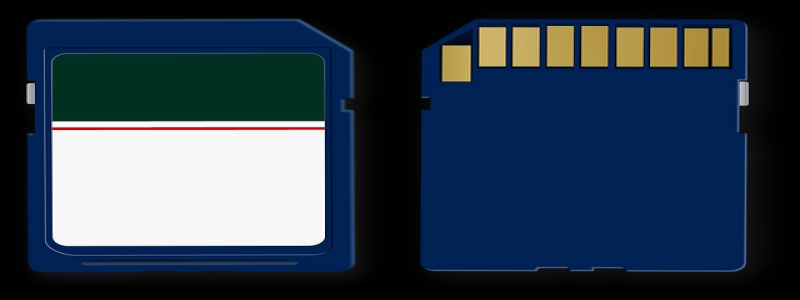Ethernet Shielded vs Unshielded
я. Введение
В сегодняшнюю цифровую эпоху, Ethernet cables play a vital role in connecting devices to local area networks. When it comes to choosing the right Ethernet cable, one of the key considerations is whether to opt for shielded or unshielded cables. This article aims to provide a comprehensive comparison between Ethernet shielded and unshielded cables, highlighting their differences in terms of performance, cost, and installation.
II. Shielded Ethernet Cables
1. Определение
Shielded Ethernet cables, also known as STP (Экранированная витая пара) кабели, are built with an additional layer of protective shielding around the twisted pairs of copper wires. This shielding is usually made of foil or braided metal, such as copper. The purpose of the shielding is to minimize electromagnetic interference (ЭМИ) и радиочастотные помехи (RFI).
2. Производительность
а) EMI and RFI Protection: The primary advantage of shielded cables is their ability to provide better protection against EMI and RFI. This is especially important in environments with high levels of electrical noise, такие как центры обработки данных, factories, or areas with heavy machinery. The shielding prevents external signals from interfering with the transmission, resulting in improved performance and reduced packet loss.
б) Longer Transmission Distance: Shielded cables exhibit better resistance to signal degradation over long distances. The shielding reduces the impact of cross-talk, which occurs when signals from adjacent cables interfere with each other. Как результат, shielded cables can support longer transmission distances with minimal signal loss.
с) Более высокая пропускная способность: Shielded cables are typically capable of handling higher bandwidths, making them suitable for applications that require fast and reliable data transmission, such as video streaming or gaming.
3. Cost and Installation
а) Higher Cost: Shielded Ethernet cables are generally more expensive than unshielded cables. The additional shielding material and manufacturing process contribute to the higher cost.
б) Complex Installation: Installing shielded cables can be more challenging due to their additional layers. Proper grounding and insulation are crucial to ensure the shielding functions effectively. This complexity may require professional installation, resulting in higher installation costs.
III. Unshielded Ethernet Cables
1. Определение
Unshielded Ethernet cables, also known as UTP (неэкранированная витая пара) кабели, do not have an outer layer of shielding. Вместо, they rely on the inherent electromagnetic noise rejection capabilities of the twisted pair design.
2. Производительность
а) Standard Environments: In environments where there is minimal electromagnetic noise, unshielded cables perform adequately. They are suitable for most residential and office settings where electrical noise interference is not a significant concern.
б) Shorter Transmission Distance: As unshielded cables lack the extra protection against cross-talk and interference, they are more susceptible to signal loss over longer distances compared to shielded cables.
с) Lower Bandwidth: Unshielded cables have lower resistance to interference, which can impact their ability to provide stable and high-speed data transmission in applications with demanding bandwidth requirements.
3. Cost and Installation
а) Lower Cost: Compared to shielded cables, unshielded cables are more cost-effective. The absence of shielding material reduces their manufacturing cost, making them a popular choice for budget-conscious consumers.
б) Упрощенная установка: Unshielded cables are easier to install due to their simple design. They do not require grounding or insulation, allowing for a straightforward installation process. This simplicity makes them a desirable option for DIY enthusiasts.
IV. Заключение
Choosing between shielded and unshielded Ethernet cables depends on the specific application and environmental factors. Shielded cables offer superior performance in high-noise environments, support longer transmission distances, and handle higher bandwidths. Однако, they come at a higher cost and require professional installation. С другой стороны, unshielded cables are more cost-effective, easier to install, and suitable for standard residential and office settings. В конечном счете, it is essential to evaluate the needs of the network and weigh the advantages and disadvantages of each cable type to make an informed decision.








